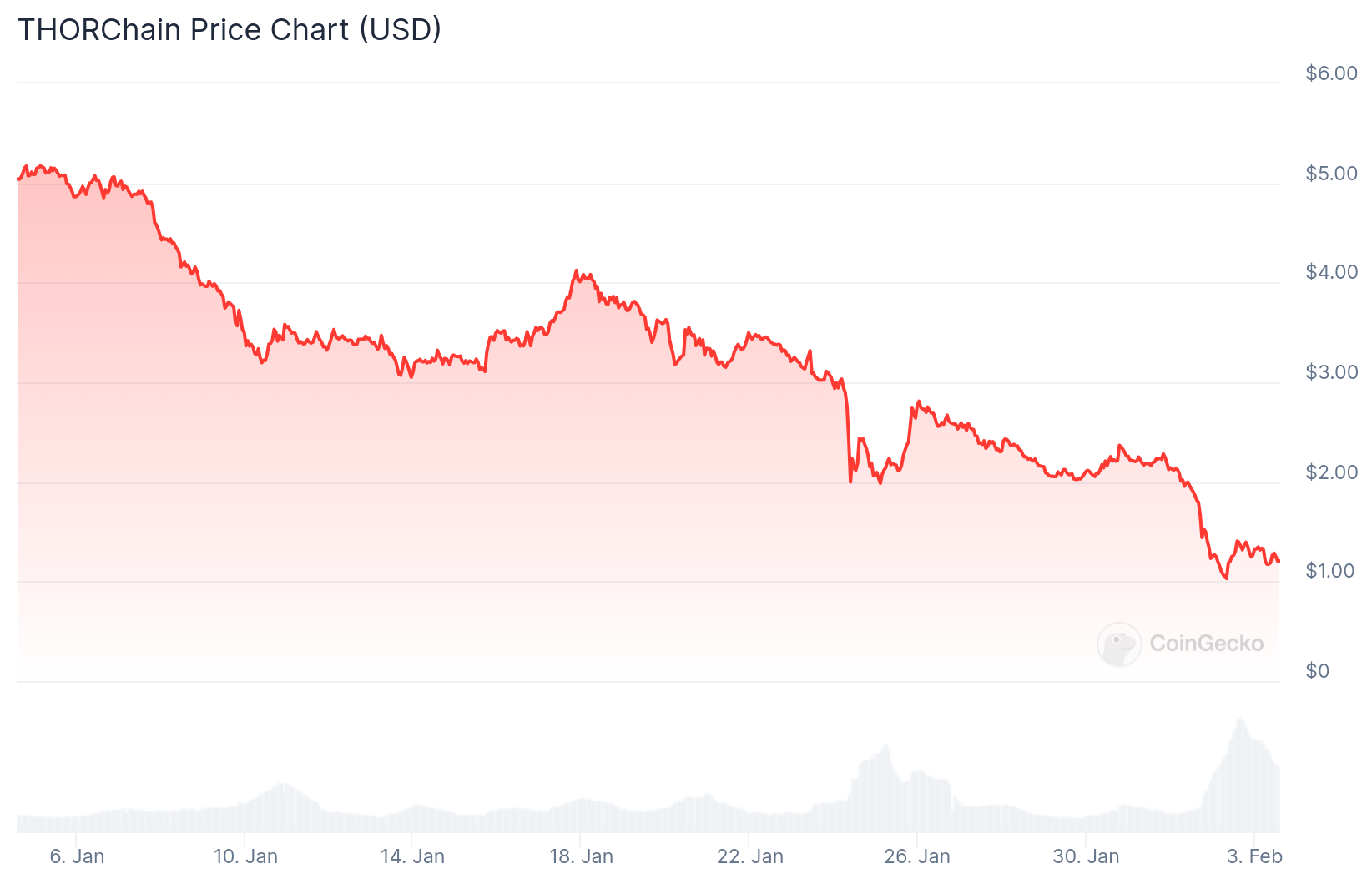
THORChain's $199M debt crisis just got interesting
A week ago, the THORChain protocol team suspended lending and deposit activities on the THORFi platform. According to BlockBeats, the platform had accumulated $199 million in debt, and any significant withdrawal of assets could have triggered a collapse.
While the community was quick to write THORChain's obituary, the team came up with an elegant solution: debt tokenization.
On one hand, this move isn't entirely surprising. Many crypto projects have used similar approaches to handle overwhelming debt. (The strategy typically works because debt tokens usually trade at a discount in the market, allowing the debtor to buy them back at market price and thus reduce their overall debt burden.)
On the other hand, THORChain's team is taking an unexpected approach - they don't plan to buy back these tokens (TCY) to settle the debt. Instead, TCY holders are promised 10% of THORChain's profits, in perpetuity.
This could mark a first in the crypto industry: debt tokens potentially trading above their nominal value rather than below it, driven by demand for passive income.
But there's a catch. While THORChain generates most of its revenue in relatively stable cryptocurrencies (e.g. BTC & ETH), they plan to pay TCY holder "dividends" in their existing RUNE token - which has plummeted from $5 to $1.21 since the beginning of the year.
This raises an important question: what will current creditors do with the RUNE tokens they'll receive as regular dividends? If they sell them, it could further drive down the price. But who would want to buy from them an asset that's consistently losing value?
So, if you're thinking about getting rid of your RUNE tokens, you can still do so at rabbit.io. Sure, we'll continue offering RUNE exchanges in the future - but at what price?🤔













